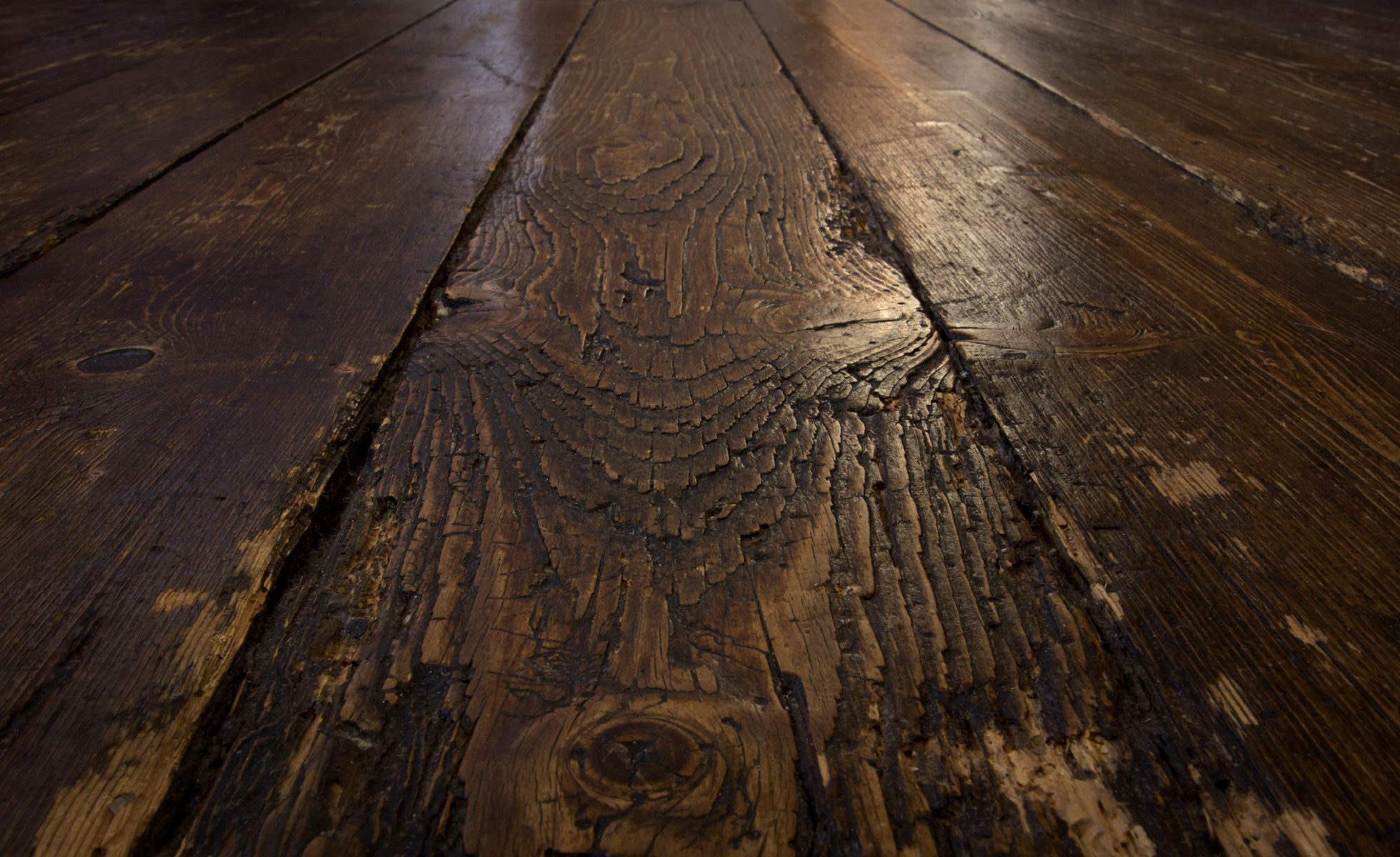
Need to match an old wood floor to a new one? It can be the case when extending a room or if you want to change something throughout your home. No matter what reason applies in your case, there are a few things you need to think through when choosing a new wooden floor to perfectly suit your old flooring.
Floor Type
Firstly, you need to determine the type of flooring you’ve got in your home now. This may be a solid or engineered wood floor. As we’ve already mentioned solid wood flooring is made from a single piece of timber, while engineered wood floor is composed of two or more layers of wood, which form a plank, with solid wood as a top layer.
Both in the case of solid or engineered wood, you will need to precisely measure the thickness of the floor and the width of each plank. Additionally, you will also have to determine the species of wood. Only then you can try to find a perfect match for your old floor. If the floor you’ve got is engineered wood, you will have to establish whether the solid wood layer on top of the board is sufficiently thick to carry out further sanding and refinishing. It’s a very important stage in the process of blending the new flooring with your old one.
Existing flooring dimensions
Have you already determined the type and the dimensions of your floor? Then you will also need to determine the species of wood which you will try to find. As a natural product, wood is available in a wide range of different species, including both soft and hard woods. Soft wood types are manufactured from trees that grow really fast. The name ‘soft’ wood is derived from the fact that this wood is less thick than that coming from trees growing at a much slower rate. Your old flooring may be pine, oak, cherry or maybe a more exotic wood species, for instance walnut or ipe. No matter which one it is, you need to find out the precise species of the old floor before you select the new one.
Colour variations
When you’ve determined the species, you may think it will be as easy as a pie from now on. But you couldn’t be more wrong – even within a single wood species there are many different grades and colour variations. Therefore, you’ll now need to devote some time and be patient when scouring for really good match in terms of colour and quality.
Special finishes
Then, you will also need to check if the floor has been artificially aged or, for instance, distressed or scraped. After all, you need to get the best possible match. And finally, if you’ve already found a suitable floor, it’s a good idea to buy some extra planks to have in stock in the case you need to do any repairs to your floor in the future.
| Mon-Fri | 8:00AM – 5:00PM |
| Saturday | 10:00AM – 4:00PM |
| Sunday | 11:00AM – 3:00PM |





.svg)
.svg)